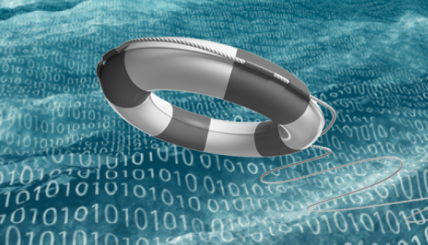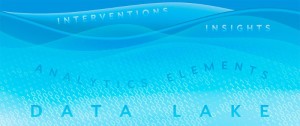6 Ways to Protect Medical Data Lakes at the Facility Level

As hospital leaders race to leverage growing medical data lakes, hackers have beat them to the punch

Big Data and Security Concerns
With recent hack attacks on hospitals, in both the US and abroad, the need for protecting these data lakes has become critical. Just last month, in February 2016, Hollywood Presbyterian Hospital had its EHR system infected with ransomware and held hostage. In the end, the embarrassed and humbled facility had to pay the ransom to release the data. The revolution in medical data sharing and the movement toward a unified medical record in the cloud took a giant leap back that day. Hospital leaders the world over are now wondering how to best protect themselves while still moving toward the goal of using medical big data to provide precision medicine. The mostly unstructured data is ripe for the pickings for both legitimate and illegitimate reasons. Experts have put the cost of medical data breaches at $363 per record. Are the benefits worth the risk?

6 Ways to Protect Medical Data Lakes at the Facility Level
As EHR use is finally becoming mainstream, there are some steps a hospital system can take to help alleviate the risk of a data breach or hack attack.
- Immediately conduct a risk assessment to identify and troubleshoot security risks.
- Use a cloud based EHR/EMR portal that has security, like encryption, built-in. Cloud-based EHRs tend to have a lower start-up cost than onsite systems.
- Consider hiring a Big Data Consultant, Chief Information Security Officer(CISO), or other similar expert.
- Create an action plan to implement in the event of a breach, include both top management and line level users.
- Look at additional insurance.
- Research and stay abreast of new developments.

References:
-Hospital ransomware: A chilling wake-up call – February 19, 2016 by Violet Blue on www.engadget.com – https://www.engadget.com/2016/02/19/hospital-ransomware-a-chilling-wake-up-call/
-Top 5 EHR Trends for 2016 – January 7, 2016 by Cathy Reisenwitz in Medical Software – https://blog.capterra.com/top-5-ehr-trends-for-2016-2/
-Medical Insight Set to Flow from Semantic Data Lakes – August 26, 2015 by Alex Woodie on www.datanami.com – https://www.datanami.com/2015/08/26/medical-insight-set-to-flow-from-semantic-data-lakes/
